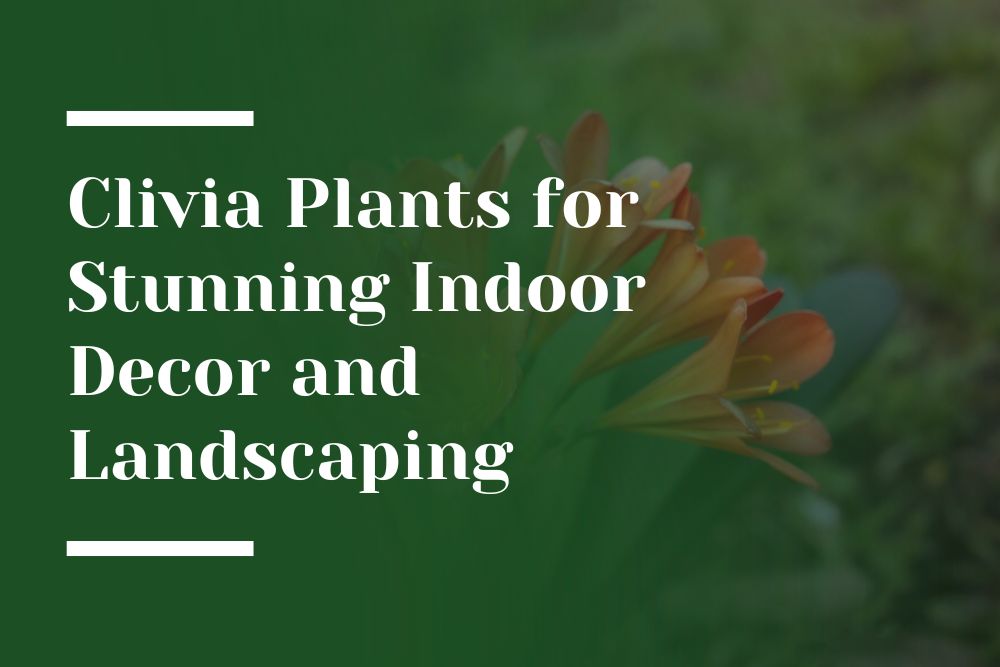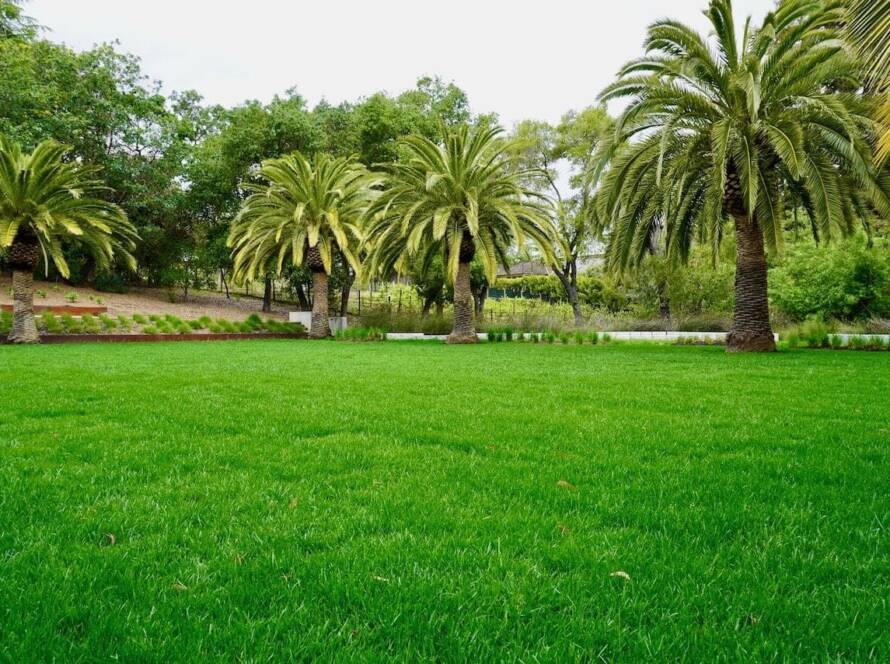When it comes to creating luxurious interiors and breathtaking gardens, Clivia plants are a must-have. Their vibrant orange, yellow, or even rare cream-colored blooms, paired with lush, strap-like green leaves, make them an elegant addition to any indoor décor or outdoor landscape. Native to southern Africa, Clivias thrive in shaded environments, making them perfect for both indoor spaces and specific garden designs. Let’s explore how to incorporate Clivias into your space to ensure they flourish.
Why Clivia Plants Are Ideal for Indoor Decor
Clivia plants are inherently suited to indoor environments because they naturally grow as understory plants, thriving in filtered, low-light conditions. Their low-maintenance care routine and ability to adapt to household temperatures make them an attractive option for homeowners.
- Filtered Light Tolerance: Clivias prefer an east-facing window where they can enjoy bright, indirect light. They also do well in southern-facing windows with curtains to diffuse direct sunlight.
- Temperature Needs: Ideal daytime temperatures range between 60°F and 75°F, while they appreciate cooler nights, especially during dormancy.
- Striking Aesthetics: With their vivid blooms and glossy green leaves, Clivias can act as statement plants in living rooms, hallways, or even office spaces. They pair beautifully with neutral-toned interiors, adding a pop of natural color.
Growing and Care Tips for Clivia Plants

Photo: Unsplash
Clivia plants are a popular choice among indoor gardeners and landscapers thanks to their vibrant flowers, deep green leaves, and ability to thrive with minimal care. Native to South Africa, these plants are well-suited to low-light environments and can become a stunning addition to both indoor décor and shaded outdoor gardens. Here are some expert tips for growing and maintaining healthy Clivias:
1. Ideal Lighting Conditions
- Clivias thrive in bright, indirect light.
- Indoors: Place them near an east-facing window for morning sunlight, or in filtered light from a south-facing window. Avoid direct sunlight, as it can scorch the leaves.
- Outdoors: Choose a shaded or semi-shaded spot, such as under a tree or in a covered patio.
2. Temperature Requirements
- Clivias grow best in temperatures of 60–75°F during the day.
- During winter, they require a cool dormancy period of about 50°F for 6–8 weeks to encourage flowering in spring.
- Avoid exposing them to frost or sudden temperature changes, which can harm their roots and leaves.
Watering Tips
- Water thoroughly during the growing season (spring and summer), allowing the top 1–2 inches of soil to dry out between waterings. Overwatering can lead to root rot.
- During fall and winter, reduce watering significantly to mimic their natural dormancy period.
- Always use a pot with drainage holes to prevent water from pooling at the roots.
Soil and Potting Mix
- Use a well-draining potting mix, such as one made for orchids or a blend of peat moss, sand, and perlite.
- Clivias prefer being slightly root-bound, so avoid repotting too often. Repot only when the roots become excessively crowded, usually every 3–5 years.
Fertilization
- Feed Clivias with a balanced, water-soluble fertilizer every 4–6 weeks during the growing season.
- Avoid fertilizing during the dormancy period.
- Use a fertilizer low in nitrogen during the flowering period to encourage blooms.
Pruning and Maintenance
- Remove yellowing or damaged leaves to keep the plant healthy and visually appealing.
- Deadhead spent blooms to redirect energy toward growth.
Propagation
- Clivias can be propagated through offsets (baby plants that grow at the base).
- Wait until offsets are mature with a few leaves, then separate them during repotting. Plant the offsets in fresh potting mix and provide the same care as the parent plant.
Common Problems and Solutions
- Root Rot:
- Cause: Overwatering or poor drainage.
- Solution: Use a well-draining soil mix and a pot with drainage holes. If roots are affected, trim the damaged roots and repot in fresh soil.
- Pest Infestations:
- Cause: Stagnant indoor air can attract pests like mealybugs and spider mites.
- Solution: Inspect your plants regularly. Use neem oil or insecticidal soap to treat infestations naturally. Increase airflow in indoor spaces to deter pests.
- Failure to Bloom:
- Cause: Lack of a proper dormancy period or insufficient light.
- Solution: Ensure the plant experiences cooler temperatures (around 50°F) for 6–8 weeks during winter and receives adequate filtered light.
- Leaf Scorch:
- Cause: Direct sunlight exposure.
- Solution: Move the plant to a shaded or indirect light location.
Incorporating Clivias in Outdoor Landscaping

Photo: Freepik
In outdoor garden designs, Clivias can transform shaded areas into lush, colorful displays. These plants are particularly useful in luxury landscaping, where elegance and simplicity are key.
- Shaded Borders and Pathways: Line shaded walkways or garden borders with Clivias for a vibrant and sophisticated look. Their blooms can brighten up otherwise dim areas of your landscape.
- Companion Planting: Pair Clivias with ferns, hostas, or other shade-loving plants to create texture and depth in your garden design.
- Container Gardens: Use Clivias in decorative pots or planters on patios and verandas. Their ability to thrive in root-bound conditions makes them ideal for long-term container planting.
Caring for Outdoor Clivias
Moderate climate like the Bay Area, caifornia is ideal for growing Clivias outdoors, provided they are planted in shaded or semi-shaded areas. During warmer months, ensure regular watering, allowing the topsoil to dry out between sessions. Use organic mulch around the base to retain moisture and protect roots from excessive heat.
Winter care is minimal, as the cooler temperatures naturally encourage dormancy. Avoid overwatering during this time, as it can lead to fungal issues.
Growing Clivias is both rewarding and straightforward when you understand their needs. From their lighting and watering preferences to their dormancy requirements, these plants are a testament to how simple care can yield striking results. Whether you’re designing an indoor sanctuary or a lush outdoor retreat, Clivias are an excellent choice for homeowners and landscape designers alike.



